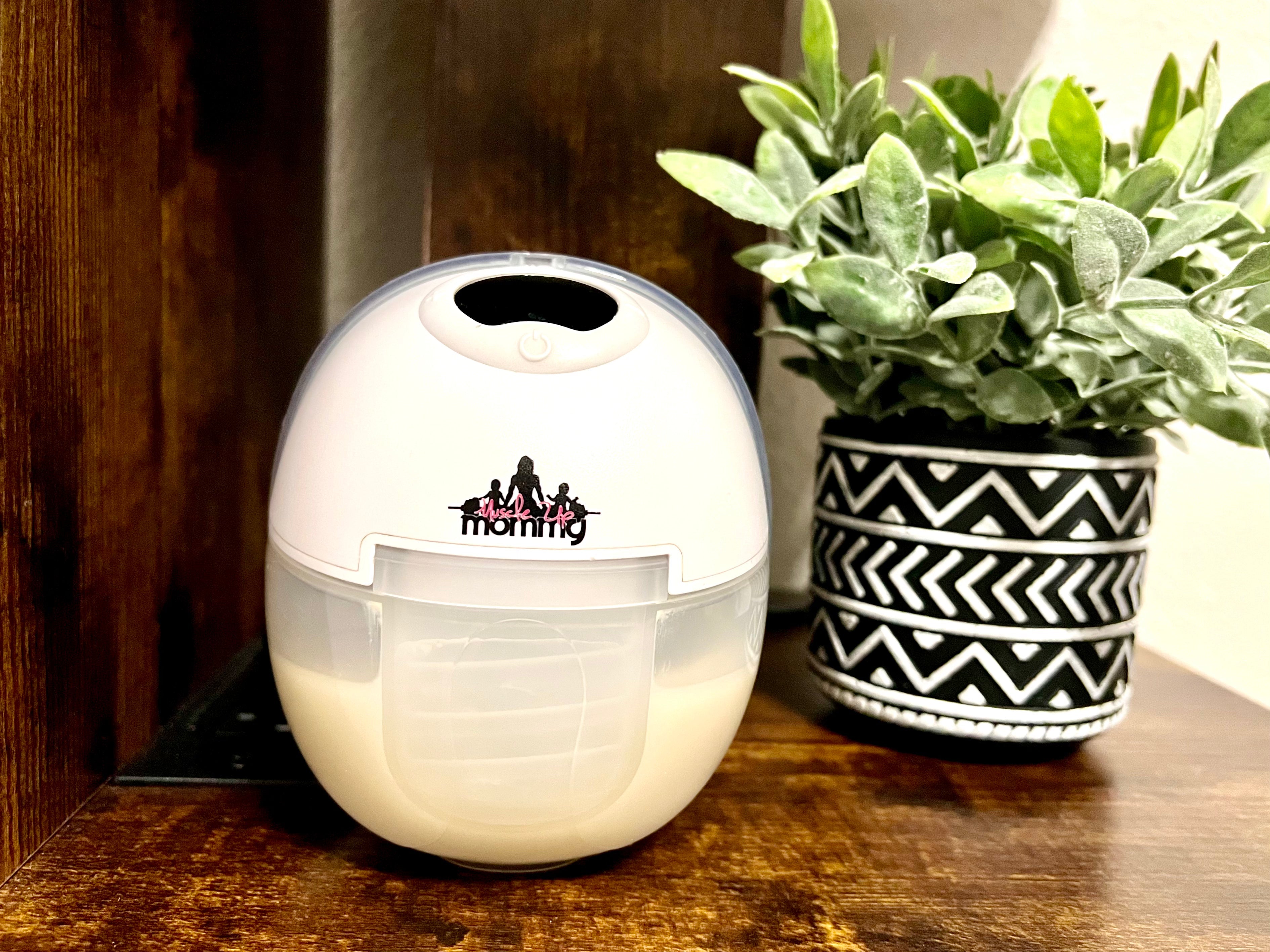How To Help Sore Nipples While Breastfeeding?

Nipple sensitivity is not uncommon while breastfeeding, but here are some things you can do to help.

Table of content
Common Causes For Sensitive Nipples While Breastfeeding?
Many women experience nipple sensitivity for many reasons while breastfeeding. Some of the most common reasons are:
- from baby having a bad (not deep enough) latch.
- using the wrong flange size
- using a pump that only offers one suction setting.
- you’re ovulating, on your period or experiencing pregnancy symptoms…
Great news is, there are ways to protect your milk supply when you’re experiencing this.
How to protect your milk supply when experiencing nipple sensitivity?
When experiencing sensitive nipples, one of the first things mom thinks to do is "breast rest." Because breastmilk is produced based on supply and demand, skipping feeding sessions or pumping could result in a dip in your milk supply.
5 ways to avoid this are by:
1. Stay hydrated. Don't expect for your body to product liquid without any liquid being inside of you. Drink water, and other hydrating beverages to keep your supply up.
2. Eat well. It's not uncommon to want to rush back into "snapping back" after child birth, but the reality is, your body needs all the good calories it can get in order to produce a great supply. This doesn't mean you have to be on a specific diet, but you should consider eating hearty/fatty meals.
3. Correcting baby’s latch. Your baby should have a deep latch. If your baby is only latched onto the nipple, you increase the risk of increased soreness and cracked nipples. Think “Areola in.”
2. Using a pump with customizable settings. I highly recommend Muscle Up Mommy J35 wearable breast pumps. There’s 4 modes including stimulation, expression, massage and automatic and 12 different suction power levels, so you can always tailor your pump to your needs for that day.
3. Make sure your flange size is correct. Using too big of a flange could cause too much of your breast to insert the flange tunnel and this stretching will lead to discomfort.
Muscle Up Mommy offers a Flange sizing kit to measure your nipple size. Once you confirm the correct size, use this measurement to select the appropriate flange insert to tailor your pumps for maximized output.
Best Pump And Accessories For Breastfeeding With Sensitivity
Muscle Up Mommy J35 Wearable Breast Pumps are designed to increase flexibility in your pumping routine. Due to it's hands-free and compact size, you can pump anywhere, anytime and on-the-go.
A great way to identify the best pump for you is to identify these things:
- How active are you?
- Are you typically at home or find yourself moving around a lot?
- Do you have other children to tend to?
- Do you prefer to pump while seated or would you like the option to pump anywhere you are?
Selecting a pump based on not only your lifestyle, but the features and attributes of the pump can allow you to have a better experience.
Muscle Up Mommy J35 Wearable Pumps have a built-in massage feature has 12 suction levels to choose from. This allows you to completely customize your experience during those heightened sensitivity days.
J35's have been preferred by many because of it's strong suction and surprisingly great milk output. See 5-star reviews here.
Other Items That will help you on your breastfeeding journey
Flange sizing kits are useful tools that include a nipple size guide and extra flange inserts that can be used to customize your pump.
This is important because when your flange is sized correctly you:
- Minimize air gaps in the flange resulting in a higher milk output.
- Improve the already great vacuum suction.
- Have more comfortable pumping sessions, which will allow you to pump for longer.
- Have a stronger experience with your breastfeeding journey.
Alternatively,
Ignoring your flange size can result in a dip in your supply, possible increased fussiness from hungry baby, and ultimately, a less desirable experience.
If you've found this article useful, drop a comment and share it with a friend.







Leave a comment